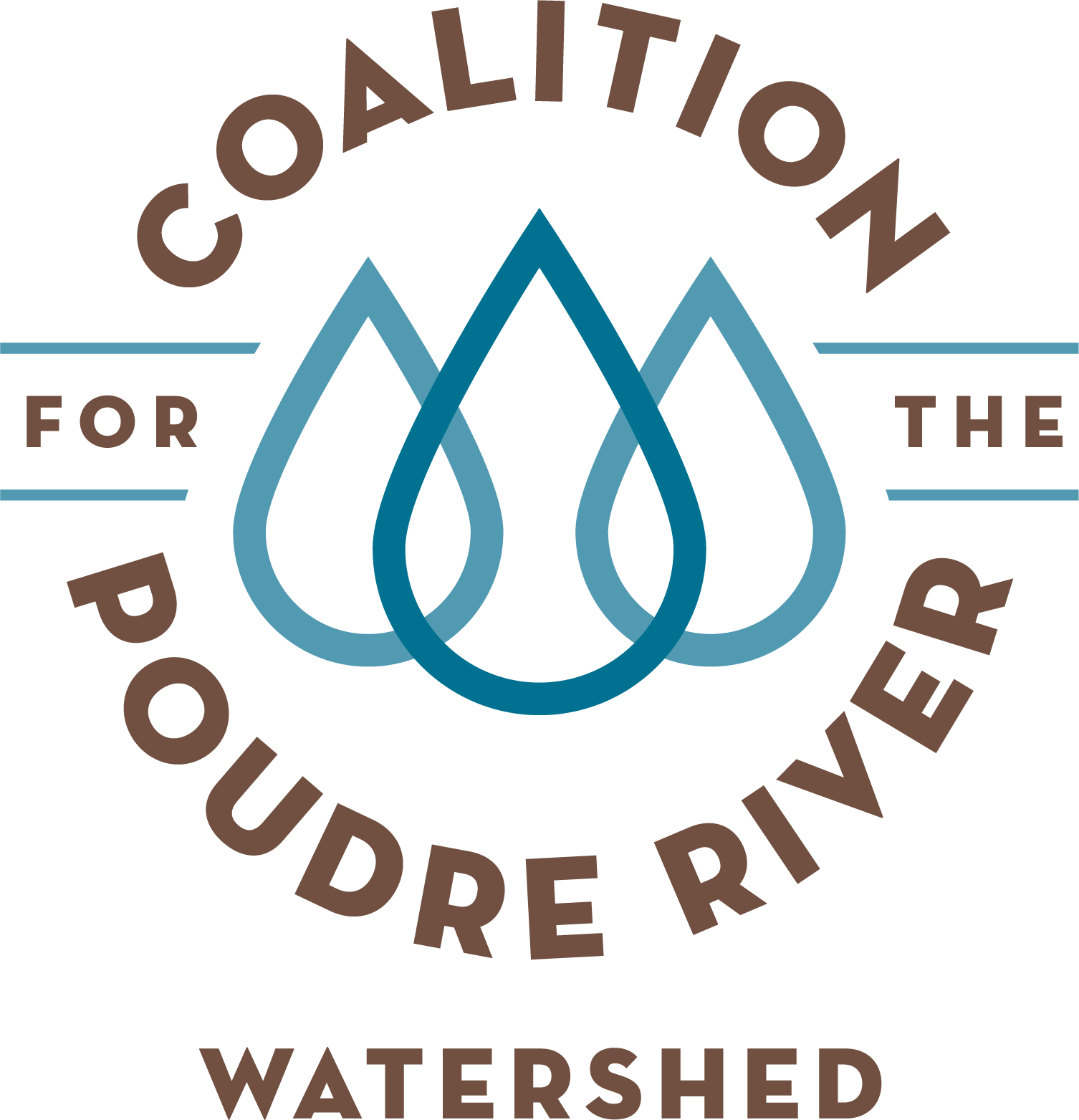CPRW Sponsors New Multimedia Project Exploring Impacts of Cameron Peak Fire
The Cache la Poudre River filled with sediment from the Cameron Peak Fire's scar flows in front of burnt forest, documented by a timelapse camera (Photo by Evan Barrientos/Platte Basin Timelapse)
December 2 marks one year since the Cameron Peak Fire was declared contained. While it affected nearly everyone on the Front Range, misunderstandings still surround the factors that led to the fire. In fact, public opinion about forest fire and management often hinders the work desperately needed to prevent future megafires. Fireforest is working to change that. Fireforest is a new, long-term multimedia project exploring the impacts of the Cameron Peak Fire and its causes while advocating for the work needed to restore forest resilience to wildfire in Colorado. “The Cameron Peak Fire reinforced a lot of fear towards forest fire, but we need to understand that fire is a natural part of Colorado’s forests and an essential part of preventing future megafires,” said Evan Barrientos, a Fort Collins conservation photographer and the creator of Fireforest.
Fireforest aims to help Coloradans understand that not all fire is the same, and the right kind can promote forest health and resilience. At the same time, severe fires do threaten Colorado’s forests. So additionally, the project advocates for the urgent need to increase the pace and scale of forest restoration. A century of fire suppression created unnaturally dense forests across Colorado and the West. In this condition, wildfires are becoming exceptionally large and severe. Forest thinning and prescribed burning are two important techniques for reversing this trend but are often hindered by public concern.
The Magic Feather Prescribed Burn, June 2021 (Photo by Evan Barrientos/Platte Basin Timelapse)
Fireforest is bringing new and traditional methods of visual storytelling to the nationwide effort to shift public understanding of wildfire. During the summer of 2020, Barrientos established long-term photo monitoring points to document the forests’ responses to the fire in high detail. In partnership with Platte Basin Timelapse, Fireforest installed a long-term timelapse camera on the Cache la Poudre River. Last summer, the camera documented the river running black with sediment, ash, and debris from the fire’s scar. “Fort Collins Utilities relies on a healthy and resilient Poudre River watershed to ensure that affordable, clean drinking water is delivered to our community. We hope Fireforest can help residents understand that connection and the importance of protecting and restoring this vital resource,” said Jared Heath, watershed specialist for the City of Fort Collins, which helped fund the timelapse.
A photo essay illustrating the diversity of the fire’s effects and a film about how forest restoration conducted by the Fort Collins Conservation District and U.S. Forest Service helped save Shambhala Mountain Center from the Cameron Peak Fire will also be published in 2022. “As a land manager and a member of this community, I think it’s important to help other landowners understand that we need to act now to restore our forests, before another Cameron Peak happens,” said Mac McGoldrick, senior director of built and natural environment at Shambhala Mountain Center.
Fireforest is a uniquely Coloradan project and a novel one for the state. Fireforest’s partners and funders include the Northern Colorado Fireshed Collaborative, the Coalition for the Poudre River Watershed, City of Fort Collins Utilities, Peaks to People, and the Mighty Arrow Family Foundation. “The photos, videos, and stories that come out of this long-term multimedia project will help the public connect the dots between forest and watershed health, creating a better understanding of the need and urgency for proactive forest management in the Poudre Watershed and beyond,” said Hally Strevey, executive director of the Coalition for the Poudre River Watershed.
Fireforest encourages Coloradans to learn more about forest fire and restoration at fireforestphoto.com and on social media @fireforestphoto.


